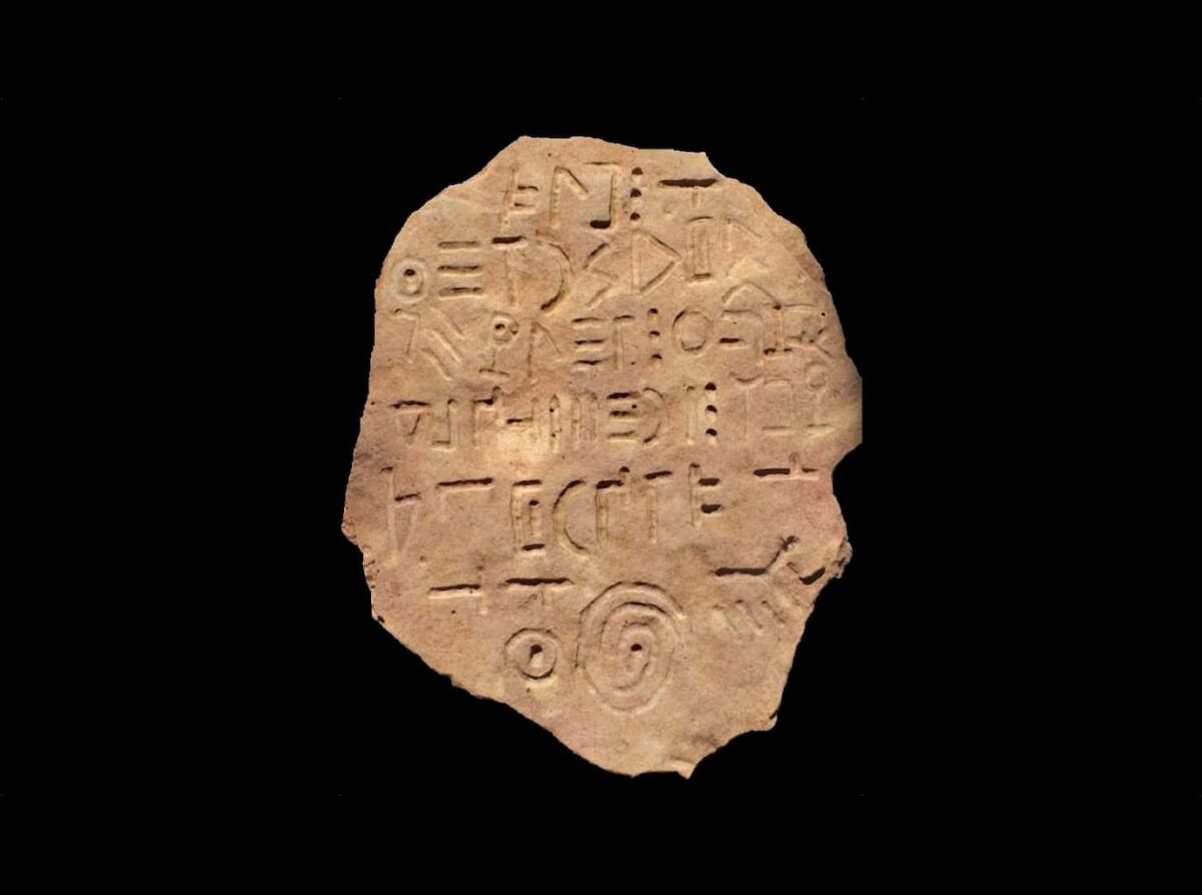An inscribed tablet with an unknown language has been discovered at Bashplemi lake in Georgia’s manisi Municipality.
According to a study published in the Journal of Ancient History and Archaeology, the tablet measures 24.1 x 20.1 cm’s and is made from locally sourced vesicular basalt.
On the tablet are 60 symbols or characters, 39 of which are distinct from one another. They are organised into seven registers running vertically from top to bottom, though the direction in which the inscription should be read remains uncertain.
Archaeologists suggest that the symbols were made using a conic drill to initially create notches, which were then joined up and smoothed using a round-headed tool.
“Generally, the Bashplemi inscription does not repeat any script known to us; however, most of the symbols used therein resemble ones found in the scripts of the Middle East, as well as those of geographically remote countries such as India, Egypt and West Iberia.”
Some similarities have been found with the Proto-Kartvelian script24 that appeared in the 4th millennium BC, as well as symbols found on seals from the territory of pre-Christian Georgia. Similarities were mostly identified while comparing the tablet symbols with Caucasian scripts (Georgian Mrgvlovani, Albanian, proto-Georgian).
According to the study authors, the Bashplemi inscription has some frequently repeated symbols that may represent military spoils, an important construction project, or an offering to a deity.
Dating the tablet has proven problematic, however, the vesicular basalt indicates that the tablet was made locally where shallow studies of the area have found artefacts such as fragments of pottery and a stone mortar dated to the Late Bronze/Early Iron Ages.
Header Image Credit : Journal of Ancient History and Archaeology
Sources : Journal of Ancient History and Archaeology





